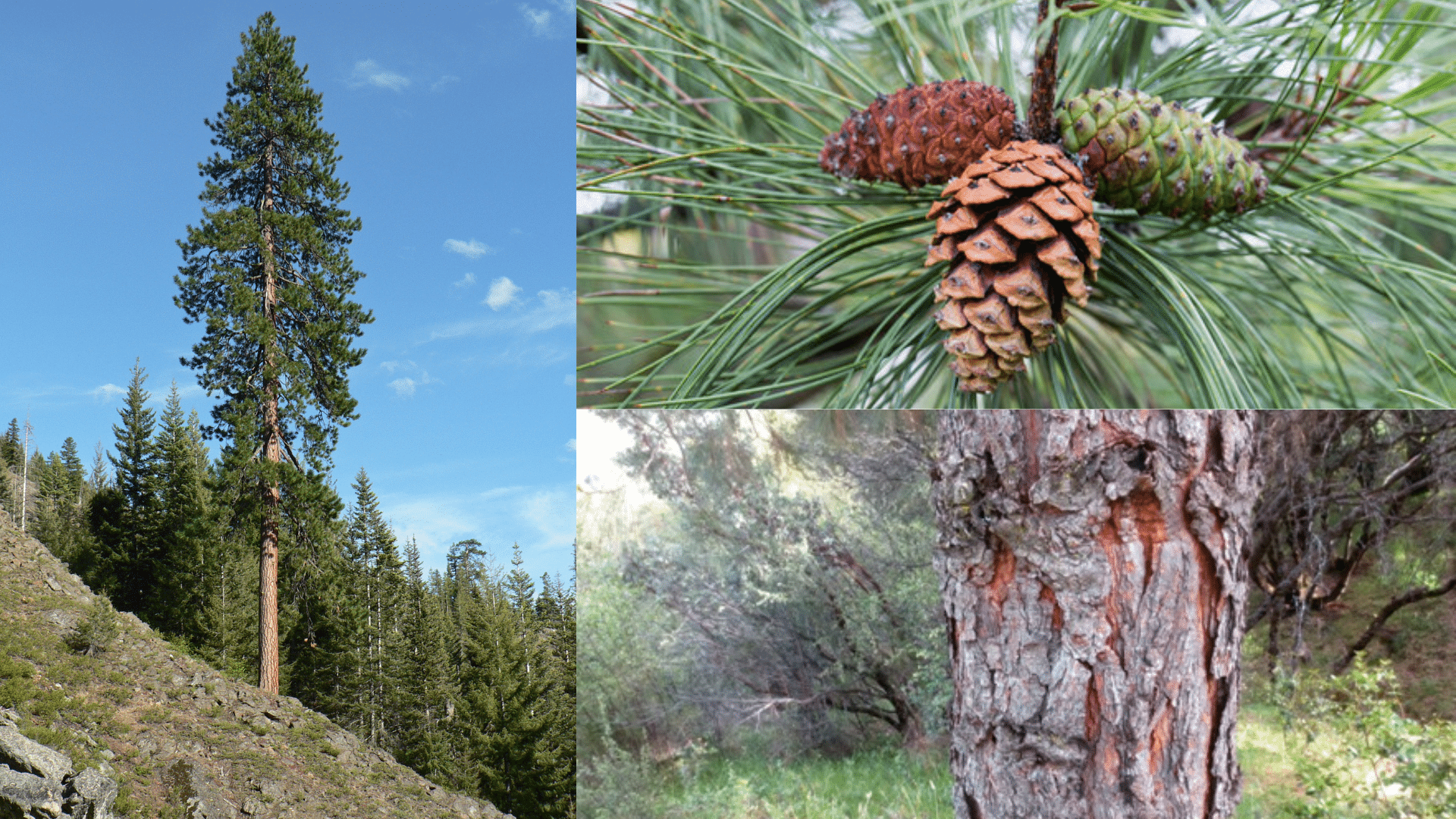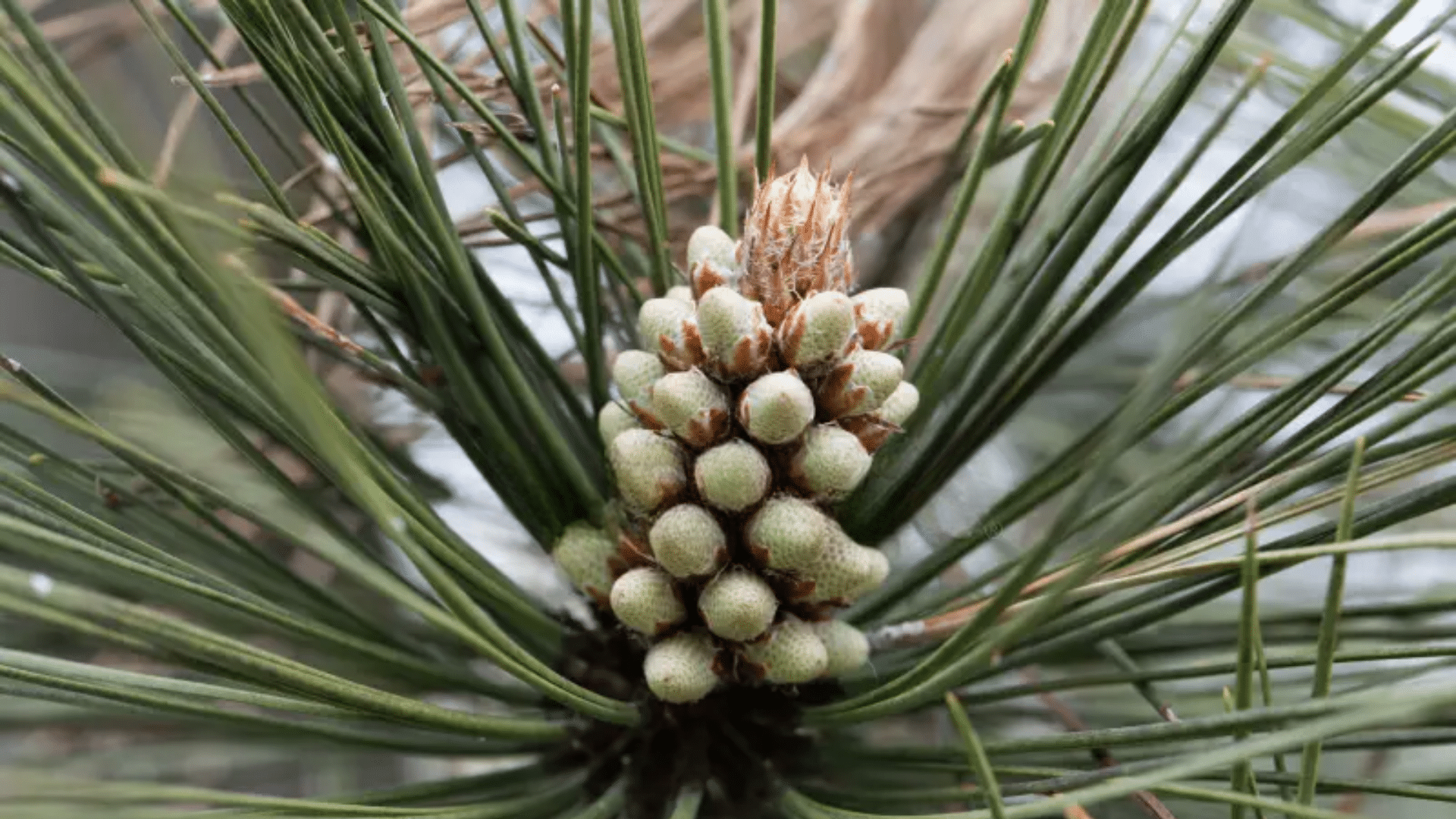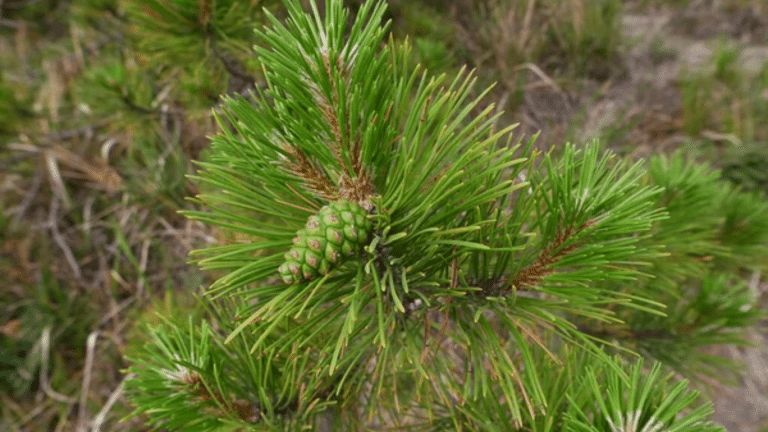Bull pine, also known as Pinus ponderosa, is one of the most common pine trees in North America. You may have heard it called by different names like ponderosa pine, blackjack pine, or even western yellow pine.
In this blog, I’m going to go over everything you need to know about this tree. From its distinctive appearance to its many uses, I’ll guide you through what makes the bull pine stand out.
If you’re a nature lover, a gardener, or just curious about this tree, you’ll find some interesting facts here.
I’ll also share how to identify bull pine and how it contributes to its environment. So, let’s see why this tree is so important and how it can add value to your knowledge of nature and landscaping.
What Is Bull Pine?
Bull pine, scientifically known as Pinus ponderosa, is a type of pine tree that thrives across North America, especially in the western U.S. and parts of Canada.
It goes by several other names, including ponderosa pine, blackjack pine, and western yellow pine.
This tree is known for its long, green needles and thick bark, which changes color as it matures, shifting from dark brown to reddish-brown.
Bull pines can live for centuries, with some reaching up to 600 years old. They play a vital role in nature by providing shelter to wildlife and contributing to ecosystem health.
Tough and adaptable, bull pine can grow in a variety of conditions, making it an essential part of many landscapes.
Key Characteristics of a Bull Pine

Bull pine has some unique features that make it easy to recognize. Here are the key characteristics of this tree:
- Size: Bull pines can grow super tall, sometimes reaching heights of 60 to 130 feet. This makes them stand out in forests or landscapes.
- Bark: The bark of a bull pine is thick and can be a mix of dark brown or reddish-brown. As the tree ages, the bark changes and becomes more scaly.
- Needles: The needles of a bull pine are long and usually grow in clusters of three. They’re soft to the touch and have a fresh, green color.
- Cones: Bull pine cones are large, typically about 3 to 6 inches long. They’re an important part of the tree’s reproduction process.
- Lifespan: Bull pines are long-living trees and can survive for hundreds of years, some up to 600 years!
These features help bull pine thrive in many different environments and make it a recognizable tree in forests and parks.
Bull Pine: Habitat and Distribution
Bull pine is a versatile tree that grows in many places across North America. It’s found mostly in the western U.S. and parts of Canada.
Native Range
Bull pines are native to areas in the western U.S., from California to Montana and down to New Mexico. You can also find them in parts of Canada.
They grow best in places with plenty of sunshine and dry soil, especially in regions with mountains or forests.
Preferred Conditions
Bull pine trees are pretty adaptable, but they do best in areas that are a little on the dry side. They like well-drained soil and can handle both hot summers and cold winters.
These trees also grow well at different elevations, from lowlands to high mountain ranges.
Bull pine is a hardy tree that can grow in many environments. Whether in a mountain range or a lowland forest, it thrives in areas with plenty of sunlight and dry soil.
This wide distribution makes it an important tree across North America.
Common Uses of Bull Pine

Bull pine isn’t just a beautiful tree—it has many practical uses. From its wood to its role in nature, let’s explore how this tree benefits us and the environment.
1. Timber and Wood Products
- Building Materials: Bull pine wood is strong and durable, making it perfect for construction. It’s used in building houses, furniture, and even flooring.
- Paper and Pulp: The wood is also used to make paper, thanks to its soft texture and easy workability.
- Firewood: Bull pine makes great firewood. It burns hot and fast, perfect for warmth in cold months.
2. Ecological Contributions
- Wildlife Habitat: The large branches and thick bark of bull pines provide shelter for birds, squirrels, and other animals. Its cones are a food source for some wildlife as well.
- Soil Improvement: The fallen needles from bull pines help improve the soil by adding nutrients, which is great for surrounding plants.
3. Cultural and Historical Significance
- Indigenous Uses: Native American groups used different parts of the bull pine tree for a variety of purposes, including medicine and crafting tools. Its sap was often used for treating wounds or making gum.
- Landscaping: Bull pines are used in landscaping for their tall, elegant look and ability to provide shade and privacy in large gardens or parks.
Bull pine is not only important in nature but also offers many uses for humans. From building materials to its role in wildlife habitats, this tree serves many purposes that benefit both people and the environment.
Identifying a Bull Pine Tree
When it comes to identifying bull pine, I’ve found that it’s not as tricky as it may seem. With a few simple features to look for, you can easily spot this tall, majestic tree.
| Feature | Description |
|---|---|
| Bark | Thick, scaly bark that starts as dark brown and becomes reddish-brown with age. |
| Needles | Long, soft needles in bundles of three. Usually around 5–10 inches in length. |
| Cones | Large, cylindrical cones, 3–6 inches long, with a slightly curved shape. |
| Tree Height | Grows tall, from 60 to 130 feet, with a wide, rounded crown. |
| Shape | Straight trunk with a tall, conical shape when young, becoming more rounded with age. |
Identifying bull pine is easier once you know what to look for. Keep an eye out for its long needles, large cones, and thick bark.
Once you spot these characteristics, you’ll be able to recognize bull pine in no time!
Understanding Bull Pine in Landscaping
If you’re thinking about adding a bull pine to your backyard or garden, you’re in for a treat. This tree isn’t just functional; it can also enhance the overall style of your outdoor space.
Creating a Focal Point
One of the easiest ways to style a bull pine in your garden is by making it a focal point.
Given its tall, striking form and unique bark, a bull pine can draw attention from any part of your yard. Plant it in the center of your garden or at the end of a long pathway, where it can stand out as the centerpiece.
Surrounding it with smaller shrubs or flowers will help accentuate its height and texture without detracting from its beauty.
Adding Privacy and Shade
Bull pine is perfect for creating natural privacy. The tree’s dense, spreading branches can act as a natural screen or windbreak, especially when planted in rows along a property line.
If you’re looking for shade, consider placing a bull pine near your patio or seating area. Its tall canopy will provide relief on hot summer days, creating a cool and relaxing spot to enjoy the outdoors.
Mixing with Other Trees and Plants
While bull pine is a standout on its own, it can also be styled alongside other plants.
Pairing it with low-maintenance shrubs like lavender or ornamental grasses will create a contrast between the tree’s height and the shorter, softer plants.
For a more woodland feel, combine it with other evergreen trees like spruces or firs. The mix of textures and heights will add depth and interest to your garden.
Styling in Rock Gardens or Natural Settings
Bull pine fits perfectly in natural or rock gardens, where it can mimic the look of a wild forest. Use the tree as a backdrop for boulders, moss, and wildflowers.
This style is perfect for a more rustic, nature-inspired landscape. The bull pine’s rough bark and tall, straight trunk blend seamlessly into these settings, helping your garden feel like a piece of the natural world.
Creating a Rustic, Woodland Look
For a rustic garden, plant a bull pine near a garden bench or wooden swing to complete the natural vibe.
Its strong, sturdy appearance complements wooden elements, giving your yard a woodland feel. Surround it with natural stone or a gravel path for a rustic, earthy look that’s both cozy and inviting.
Conclusion
I believe bull pine is a fantastic addition to any backyard or garden.
Its tall, striking appearance can easily become a focal point in your landscape, while its ability to provide shade and privacy makes it both practical and beautiful.
Whether you want to create a natural woodland feel, add privacy along a property line, or mix it with other plants for a balanced look, bull pine is a versatile tree that can fit many different styles.
I love how it blends effortlessly into both rustic and more formal gardens, giving a sense of peace and connection to nature.
So, if you have the space, consider adding a bull pine to your outdoor space. It’s a tree that not only enhances your landscape but also offers long-term beauty and benefits.













